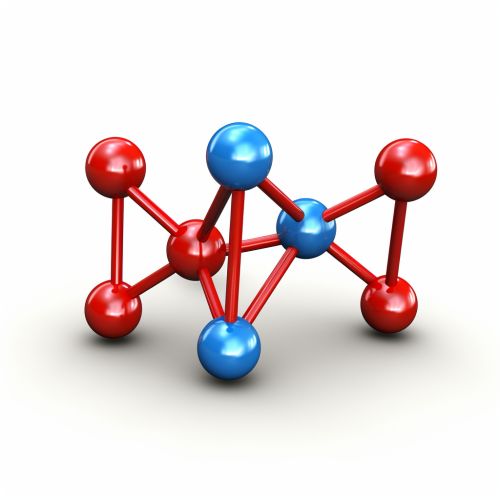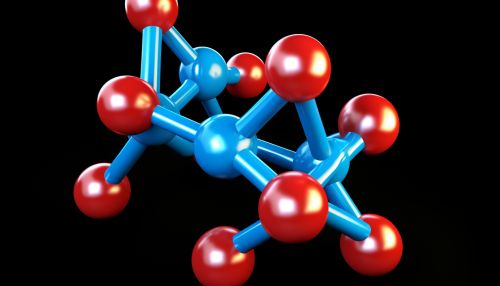The Chemistry of Nitrous Oxide Emissions and Climate Change
Introduction
Nitrous oxide (N2O), commonly known as laughing gas, is a potent greenhouse gas that contributes significantly to global warming and climate change. It is produced naturally through a variety of biological processes in soil and water, as well as through a number of human activities, including agriculture, fossil fuel combustion, wastewater management, and industrial processes.
Chemistry of Nitrous Oxide
Nitrous oxide is a molecule composed of two nitrogen atoms and one oxygen atom. It is a colorless, non-flammable gas at room temperature with a slightly sweet odor and taste. Nitrous oxide is stable under normal conditions, but it can decompose into its constituent elements, nitrogen and oxygen, at high temperatures.
Production
Nitrous oxide is produced both naturally and anthropogenically. Natural sources of nitrous oxide include microbial processes in soil and water, where bacteria convert nitrogen-containing compounds into nitrous oxide through processes known as nitrification and denitrification.
Anthropogenic sources of nitrous oxide are primarily from agricultural activities, such as the use of synthetic nitrogen fertilizers and manure, which increase the amount of nitrogen available for microbial conversion into nitrous oxide. Other human activities, including fossil fuel combustion, industrial processes, and wastewater treatment, also contribute to nitrous oxide emissions.
Absorption and Emission
Once released into the atmosphere, nitrous oxide can remain there for over a century due to its long atmospheric lifetime. It can be removed from the atmosphere through a process known as stratospheric ozone destruction, where it is converted into nitrogen and oxygen molecules.
Impact on Climate Change
Nitrous oxide is over 300 times more effective at trapping heat in the atmosphere than carbon dioxide, making it a significant contributor to global warming. Although it is less prevalent in the atmosphere than carbon dioxide, its long lifetime and high warming potential make it a major concern for climate change.
Radiative Forcing
Nitrous oxide contributes to climate change through a process known as radiative forcing, where it absorbs outgoing infrared radiation from the Earth's surface, trapping heat in the atmosphere. This process leads to an increase in the Earth's average surface temperature, a phenomenon known as global warming.
Ozone Depletion
In addition to its warming potential, nitrous oxide also plays a significant role in stratospheric ozone depletion. When nitrous oxide reaches the stratosphere, it is broken down by solar radiation into nitrogen and oxygen atoms, some of which can react with ozone molecules, leading to their destruction.
Mitigation Strategies
Efforts to reduce nitrous oxide emissions focus on improving nitrogen use efficiency in agriculture, reducing fossil fuel combustion, and improving wastewater treatment processes. Other strategies include the development of nitrous oxide capture and storage technologies, and the promotion of sustainable land management practices.
See Also


